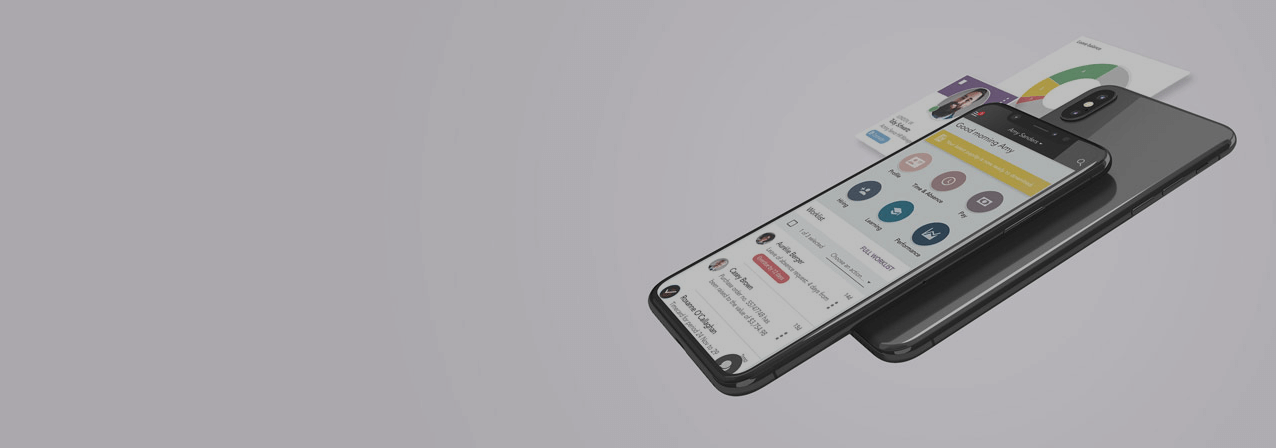You’ve probably encountered the phrase “mobile‑first.” Despite its popularity, it’s frequently misunderstood or half‑implemented, particularly in enterprise HR software, where desktop-heavy legacy systems still dominate.
I wrote about it recently here.
Even as “mobile‑first” remains a goal, I believe it’s giving way to true mobile‑only experiences. Consider these examples:
- My wife threw out her laptop computer 3 years ago. She’s never used a laptop since and now exclusively uses her iPhone, which she uses multiple times per day (like most of us)
- My youngest child, 4, has no idea what a desktop or laptop computer is; she can of course use my mobile phone without a glitch.
We know the desktop computer is in decline. Desktop sales slump year after year and mobile web usage exceeded desktop back in 2016.
So why mobile‑only? Some may argue desktop remains essential. But Uber launched as a pure mobile‑only service, no desktop client, no compromise. If your mobile UX is built intentionally, your user won’t miss desktop.
Desktops will increasingly become the domain of specialists. Most “casual” employees, front‑line staff, and managers don’t need it and would prefer a mobile‑first, mobile‑only experience if it works well. Even HR professionals can move to mobile-only when the UX is exceptional.
At Applaud, we’re investing a lot into our mobile experience to make it as enjoyable and convenient as possible. I might just remove our own employees’ desktop computers a few days each month to test our mobile-only readiness. The better the mobile-first experience is, the more likely mobile-only becomes a reality.
For now, traditional desktops remain vital for certain roles and functions. But as mobile UX continues to mature, mobile-only becomes less a “future idea” and more a viable option. When evaluating HR platforms today, ensure your mobile user experience stands on its own.
Interested in more forward‑thinking takes like this? Browse our blogs to explore the next wave of HR innovation.

